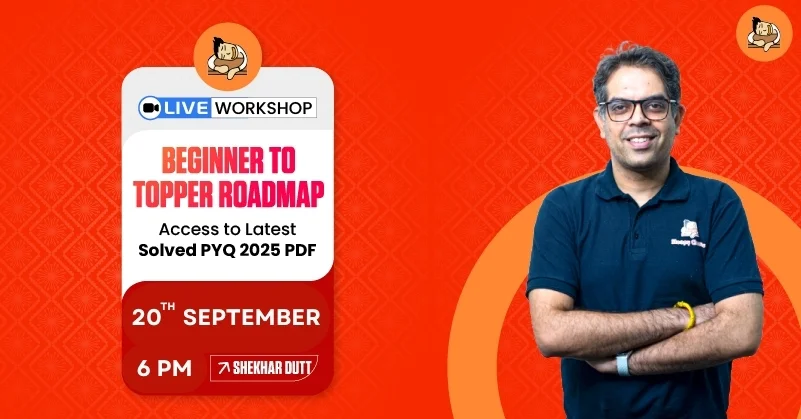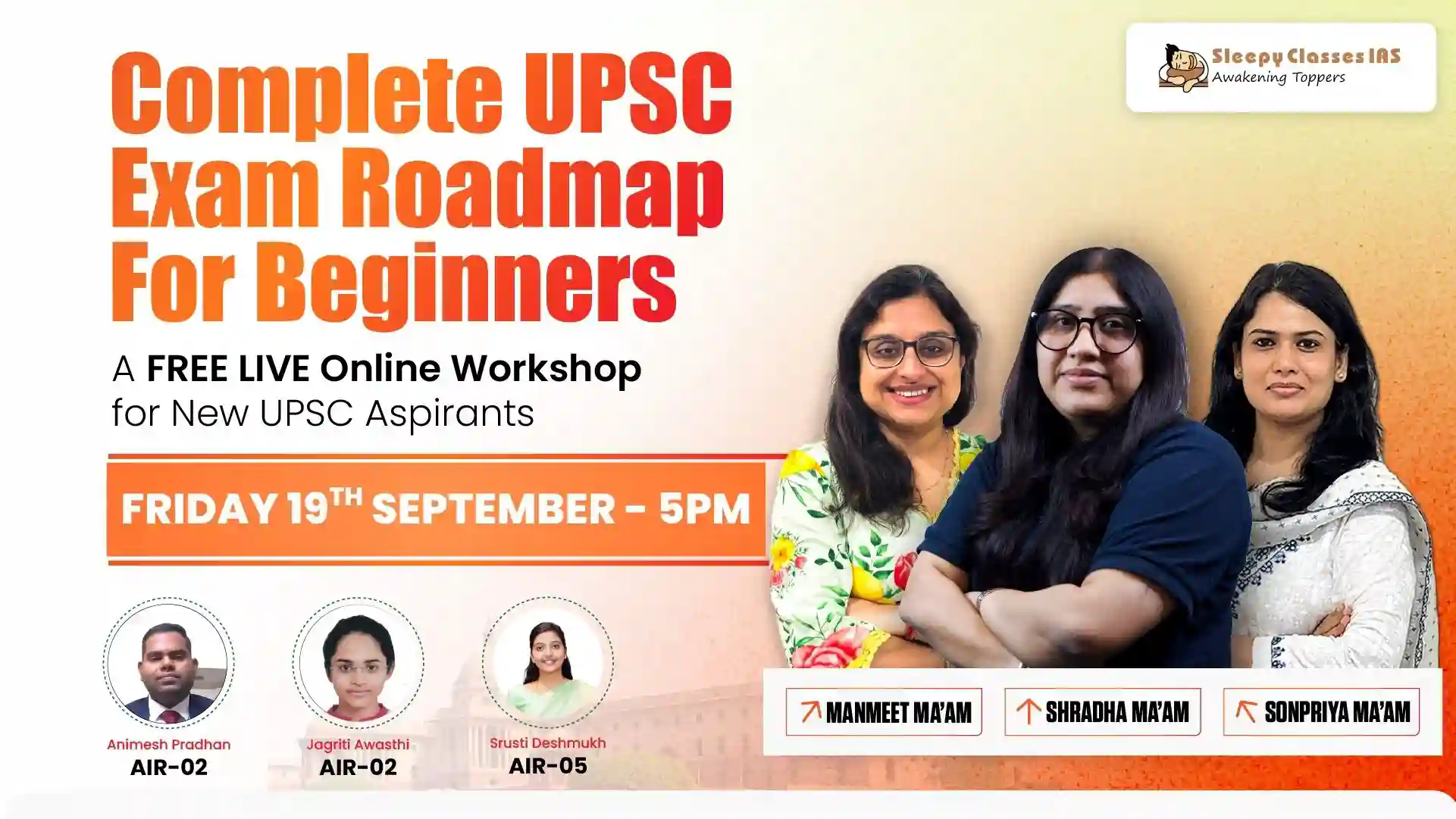The UPSC Mains are a superlative test of your knowledge—much more so than merely its articulation, analysis, and application. Let’s break down what examiners are truly seeking in your answers.
Clarity and Conciseness
- Use simple language: Avoid difficult jargon. Express thoughts clearly as if you are explaining it to a friend as it may create diverse thoughts in the mind of examiner.
- Direct answers: Reply directly to the question without beating about the bush. Indirect answers or unnecessary topics often result in deduction of marks.
- Structured thoughts: Arrange your answer logically, so that it becomes easy to follow. A structured thought results in keeping the reader on the hook and better for examiner to analyse the thought.
Relevance and Depth
- Stay on point: Stick to what has been asked; do not give irrelevant information.
- Knowledge at a deep level: Demonstrate your knowledge of the subject goes beyond superficial understanding.
- Evidence and examples: Facts, figures, case studies, or quotations that prove your point.
Analytical and Critical Thinking
- Beyond the facts: Express your ability to take on board information, recognize trends, and arrive at conclusions.
- Balancing perspectives: Present different views on an issue; express an equilibrium opinion.
- Pose solutions: Offer practical, sometimes innovative, solutions to problems as something which is possible in real life irrespective of following the protocol, but a solution to a problem is most demanding phrase an examiner looks for.
Weave in current affairs.
- Connect the dots: Link theoretical material to events and issues in the real world.
- Awareness: Show that you understand current issues and their general consequences.
- Relevant application: Use contemporary issues to illustrate your answer and make it more interesting.
Effective Presentation
- Organize your answer: Have headings, subheadings, and bullet points to enable the examiner to read through your work easily.
Visual Aids
- Diagrams or flowcharts can be used where relevant to illustrate a point more clearly.
Neatness
- Get your answer to be clean and clear as an examiner hopes for a neat answer, making it legible to read and easy to analyse.
Originality and Insight
- Think different: Come up with unique insights and new ideas, regardless of the provoked thought or something which has been done previously, a thought which is unique is always taken for brownie points.
- Value-add: Go beyond textbook answers, enlighten unique insights.
- Challenge assumptions: Question conventional wisdom and come up with other viewpoints.
Balance and Objectivity
- Multiple perspectives: Look at a problem from all sides and form an opinion.
- Avert bias: Fair and neutral presentation.
- Nuance: Look at the complexities in a problem, not simplifying it.
Word Count Adherence
- Concise expression: You will be able to express what you want to say within the given word count.
- Time Management: More important is to practice writing the answer well within the time limit so that one does not overshoot or undershoot.
Remember, it is as much about how you present what you know at the UPSC Mains as what you know. Focusing on these areas would go a long way in enhancing your chances of success.





